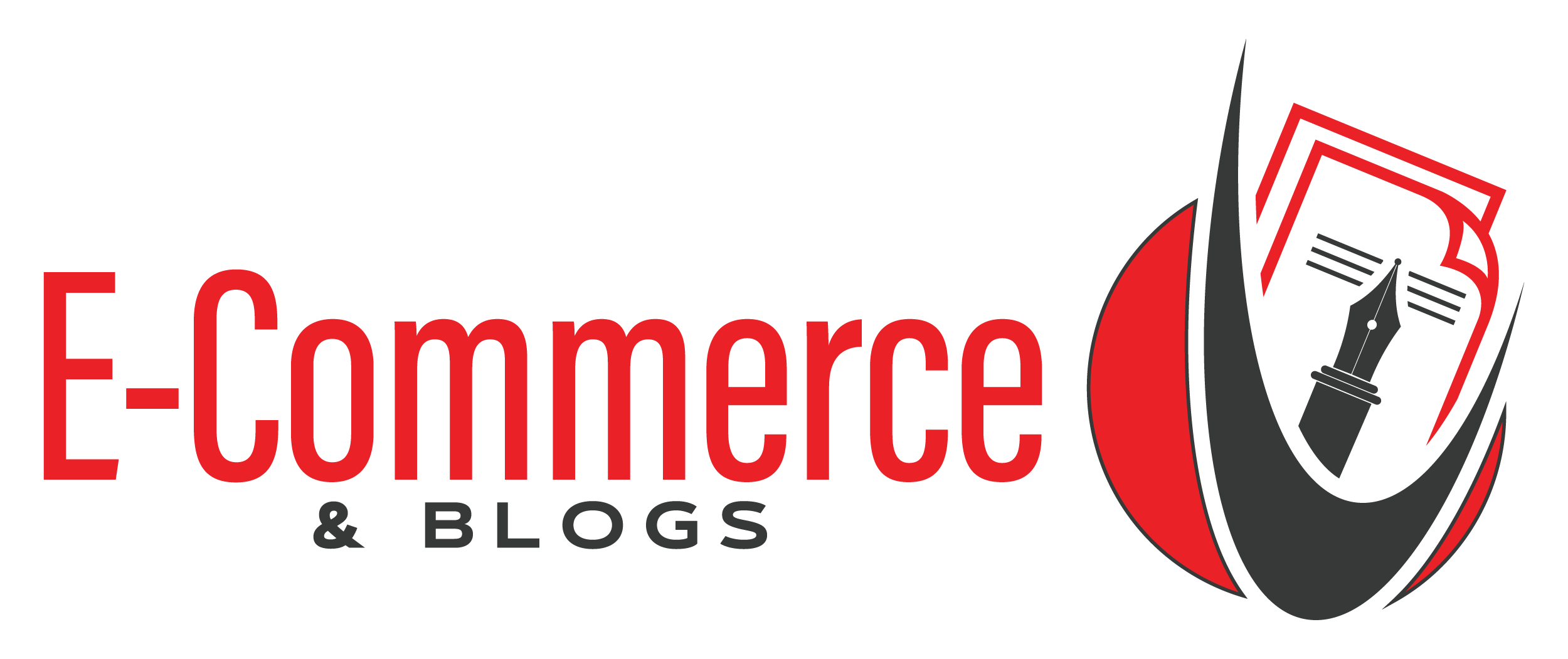In the bustling world of e-commerce, content marketing has emerged as a powerful tool for businesses seeking to distinguish themselves from the competition. E-commerce companies can attract, convert, and retain customers more effectively by providing valuable, engaging, and relevant content. This blog post will explore several case studies of successful e-commerce businesses that have leveraged content marketing to achieve impressive results.
1. Glossier: Building a Beauty Community
Background: Glossier, a direct-to-consumer beauty brand, has successfully utilized content marketing to build a loyal customer base. The company’s approach is centered around creating content that resonates with their target audience—primarily young, beauty-conscious women.
Strategy: Glossier’s content marketing strategy includes a strong focus on user-generated content (UGC). By encouraging customers to share their own beauty routines and product reviews on social media, Glossier not only amplifies its brand message but also fosters a sense of community. The brand’s blog, “Into The Gloss,” provides beauty tips, product reviews, and personal stories from industry insiders, which helps to position Glossier as a trusted authority in the beauty space.
Results: Glossier’s content strategy has resulted in significant growth in brand awareness and customer engagement. The brand’s emphasis on UGC has led to a highly engaged community, and its blog has become a popular destination for beauty enthusiasts. As a result, Glossier has achieved impressive sales growth and a strong, loyal customer base.
2. Warby Parker: Revolutionizing Eyewear Through Content
Background: Warby Parker, an online eyewear retailer, has revolutionized the way people buy glasses by focusing on both affordability and style. The company’s content marketing efforts play a crucial role in its success.
Strategy: Warby Parker’s content marketing strategy is multifaceted. It includes a blog called “Warby Parker Class,” which features articles on fashion, lifestyle, and design. The company also invests in high-quality visual content, including videos and social media posts, to showcase its products in real-life scenarios. Warby Parker leverages storytelling to connect with customers, sharing the brand’s journey, its commitment to social causes, and behind-the-scenes looks at product development.
Results: Warby Parker’s content marketing efforts have contributed to its rapid growth and brand recognition. The company has successfully built a strong brand identity that resonates with its target audience. By focusing on engaging content and storytelling, Warby Parker has established itself as a leader in the eyewear industry, driving both online and offline sales.
3. Casper: Sleep-Enhanced Content Marketing
Background: Casper, a direct-to-consumer mattress company, has disrupted the traditional mattress market with its innovative products and effective content marketing strategy.
Strategy: Casper’s content marketing approach centers around educating consumers about sleep health and providing valuable information on improving sleep quality. The brand’s blog, “The Sleep Journal,” features articles on sleep science, tips for better sleep, and product guides. Casper also creates engaging content such as videos, infographics, and sleep-related quizzes to attract and retain customers.
Results: Casper’s content marketing strategy has played a pivotal role in its success. By positioning itself as an expert in sleep health, the brand has built trust with its audience and driven significant traffic to its website. The content not only educates potential customers but also helps to convert leads into sales. Casper’s approach has resulted in strong brand loyalty and continued growth.
4. H&M: Fashion Forward with Content
Background: H&M, a global fashion retailer, has effectively utilized content marketing to enhance its brand presence and connect with fashion-savvy consumers.
Strategy: H&M’s content marketing strategy focuses on creating compelling fashion content that showcases its latest collections and trends. The brand’s website features a blog with fashion tips, style guides, and interviews with designers and influencers. H&M also leverages social media platforms to share visually appealing content, including outfit inspirations, behind-the-scenes looks at fashion shows, and user-generated content.
Results: H&M’s content marketing efforts have contributed to its global success by increasing brand visibility and engagement. The brand’s focus on fashion-forward content has helped it to stay relevant in the competitive fashion industry. By engaging customers with high-quality content, H&M has driven traffic to its website and boosted sales.
Conclusion:
These case studies highlight the diverse ways in which e-commerce businesses can leverage content marketing to achieve success. From building communities and establishing brand authority to driving engagement and sales, content marketing proves to be an invaluable tool for e-commerce companies. By creating valuable, relevant, and engaging content, businesses can differentiate themselves in a crowded marketplace and build lasting relationships with their customers.




